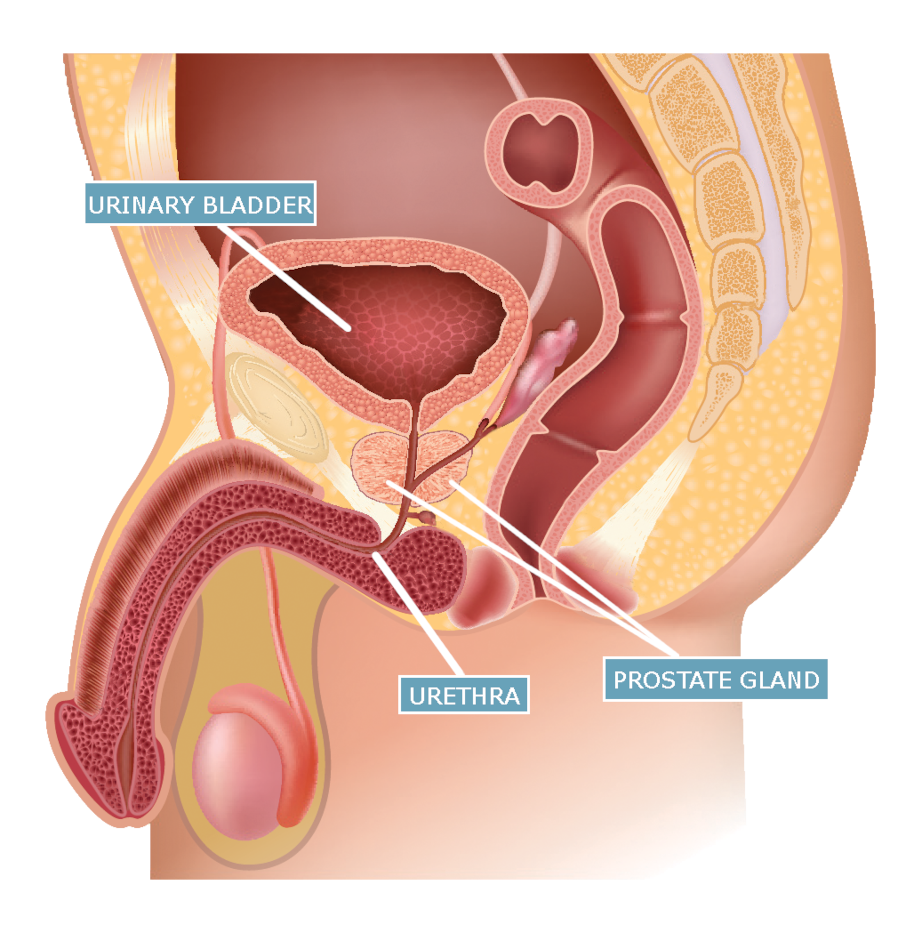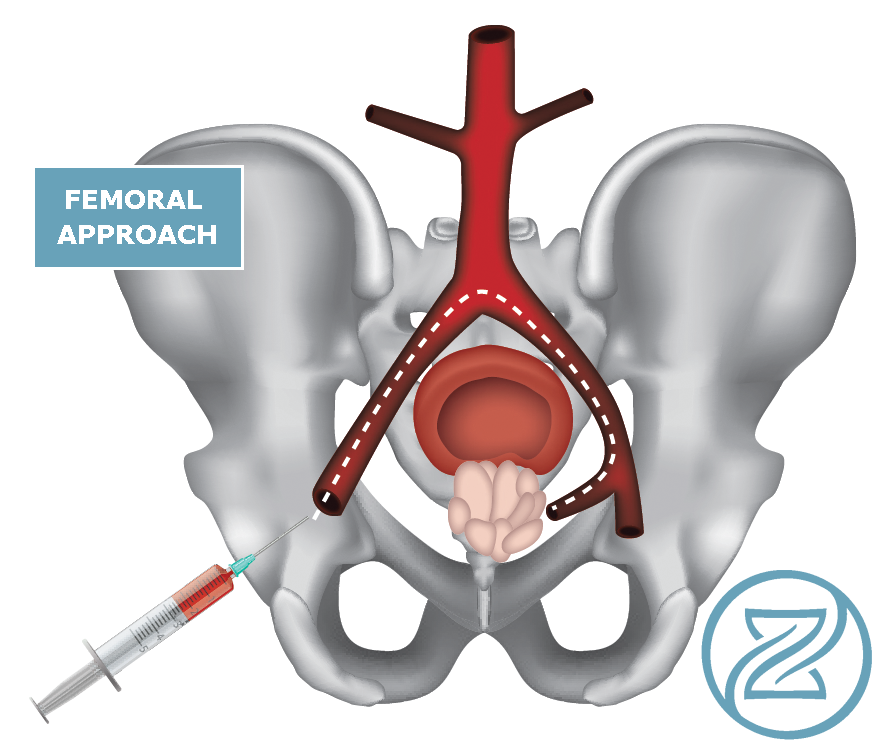Prostate Artery Embolization Recovery Time
A Minimally Invasive Procedure
Prostate Artery Embolization is an outpatient, minimally invasive procedure that eliminates the symptoms of BPH without major surgery. The objective of PAE is to interrupt the arterial blood supply to the prostate. PAE targets the central enlarging tissue predominantly. With reduced blood supply the abnormally enlarged prostatic tissue atrophies and this relieves pressure on the urethra. The consequence of this is that lower urinary tract symptoms improve or disappear.
The recovery time after prostate artery embolization (PAE) varies from person to person, but typically takes a few days to a week. Most patients are able to return home on the same day as the procedure or the following day.
During the first 24-48 hours, patients may experience mild to moderate discomfort, including pain, swelling, and bruising in the groin area. This is normal and can be managed with over-the-counter pain medications.
Some patients may also experience flu-like symptoms, such as fatigue, mild fever, and body aches, which can last for a few days.
It is important to avoid strenuous activities and heavy lifting for at least a week after the procedure to allow the body to heal properly. Patients should also avoid sexual activity for about a week after the procedure.
Our staff will provide you with specific recovery instructions based on your individual situation, and will schedule a follow-up visit to monitor your progress and ensure that you are healing properly.
At Zenith Vascular and Fibroid Center, we strive to provide the absolute best patient care and treatments possible.

What Are The Most Common Symptoms of Benign Prostatic Hyperplasia (BPH)?
- Increased frequency of urination with voiding small amounts of urine, particularly at night
- Weak and/or interrupted urinary stream
- Sensation of incomplete bladder emptying after urination and/or difficulty in starting urination
- Urinary urgency with difficulty controlling urination
- Inability to urinate, resulting in urinary retention and leading to catheterization
- Blood in the urine
- Erectile dysfunction, generally caused by medication
What happens during the PAE procedure
• PAE is performed through a small catheter inserted by your doctor into the artery in your wrist or groin. The doctor will then guide the catheter into the vessels that supply blood to your prostate.
• An arteriogram (an X-ray in which dye is injected into the blood vessels) is done to map the blood vessels feeding your prostate.
• Tiny round microspheres (particles) are injected through the catheter and into the blood vessels that feed your prostate to reduce its blood supply.
• The doctor will move the catheter in order to treat the other side of your prostate, repeating the steps above.
• If a Foley catheter (a thin, hollow tube held in place with a balloon at the end) has been inserted into your urethra and positioned in your bladder to provide a
reference point for the surrounding anatomy it will be gently removed at the conclusion of the procedure.
• Following this procedure, the prostate will begin to shrink, relieving and improving symptoms usually within days of the procedure.
• Blood in the urine is largely diminished or eliminated.
• Closure of the surgical incision requires only a Band-Aid.


All major insurances accepted





